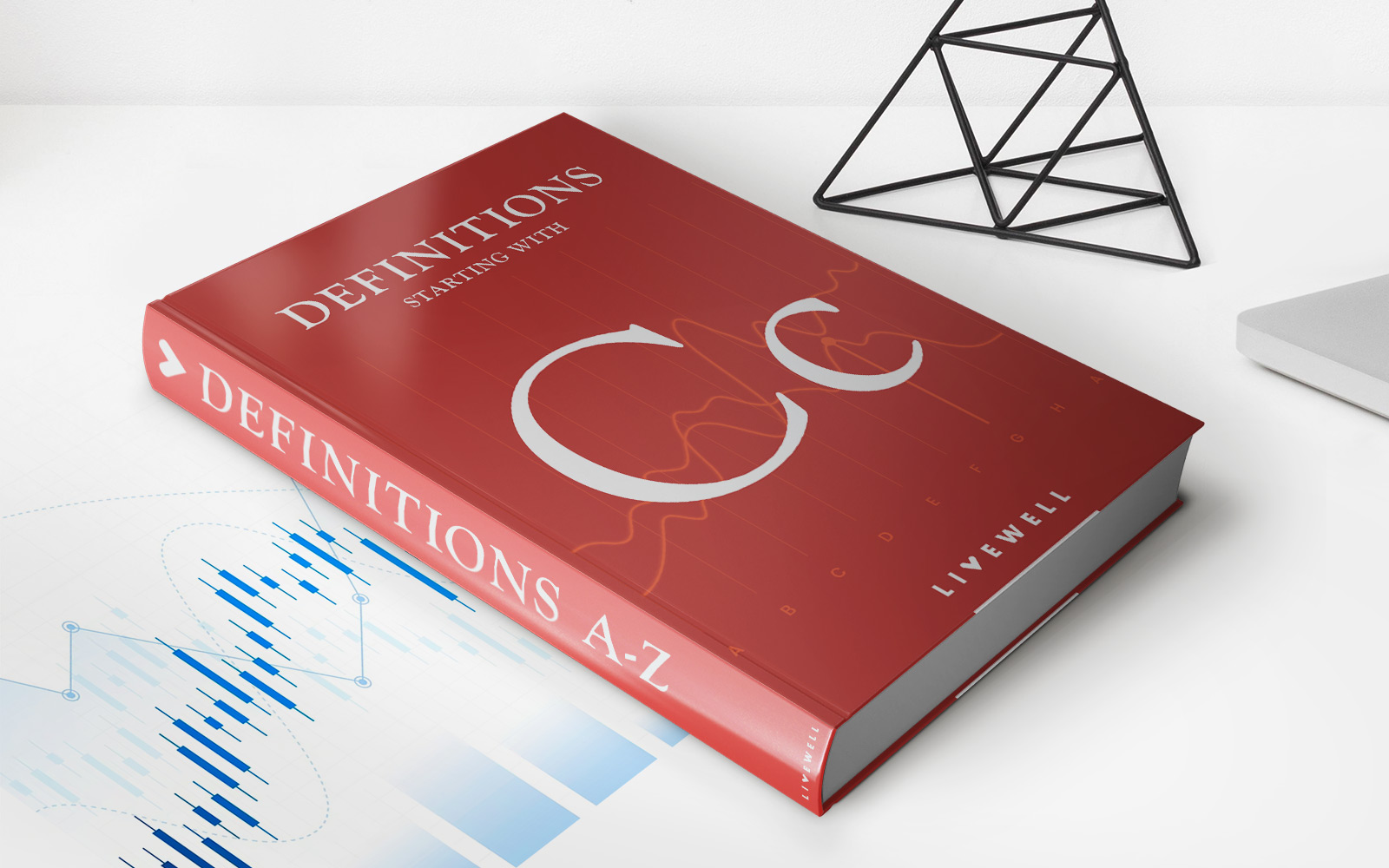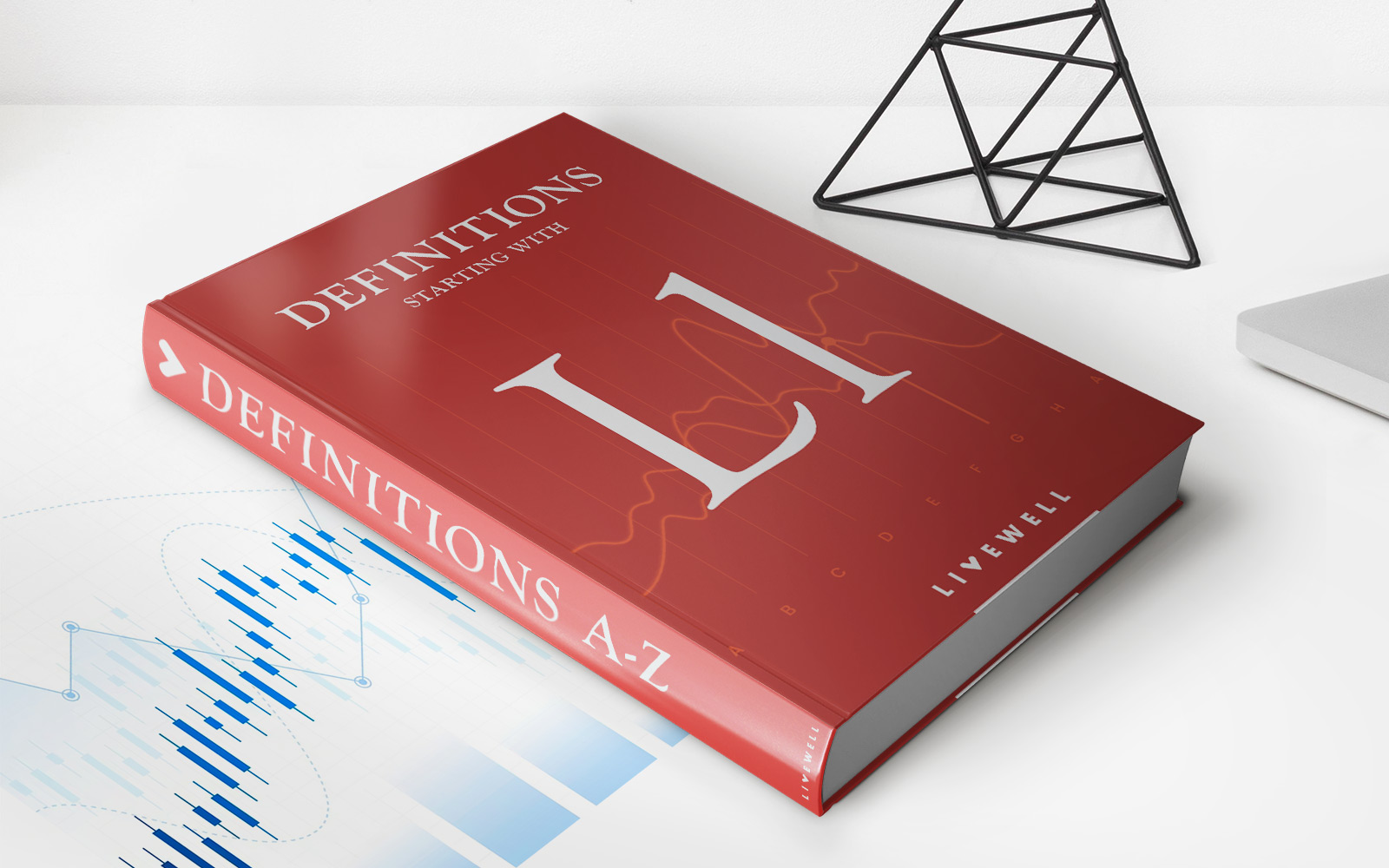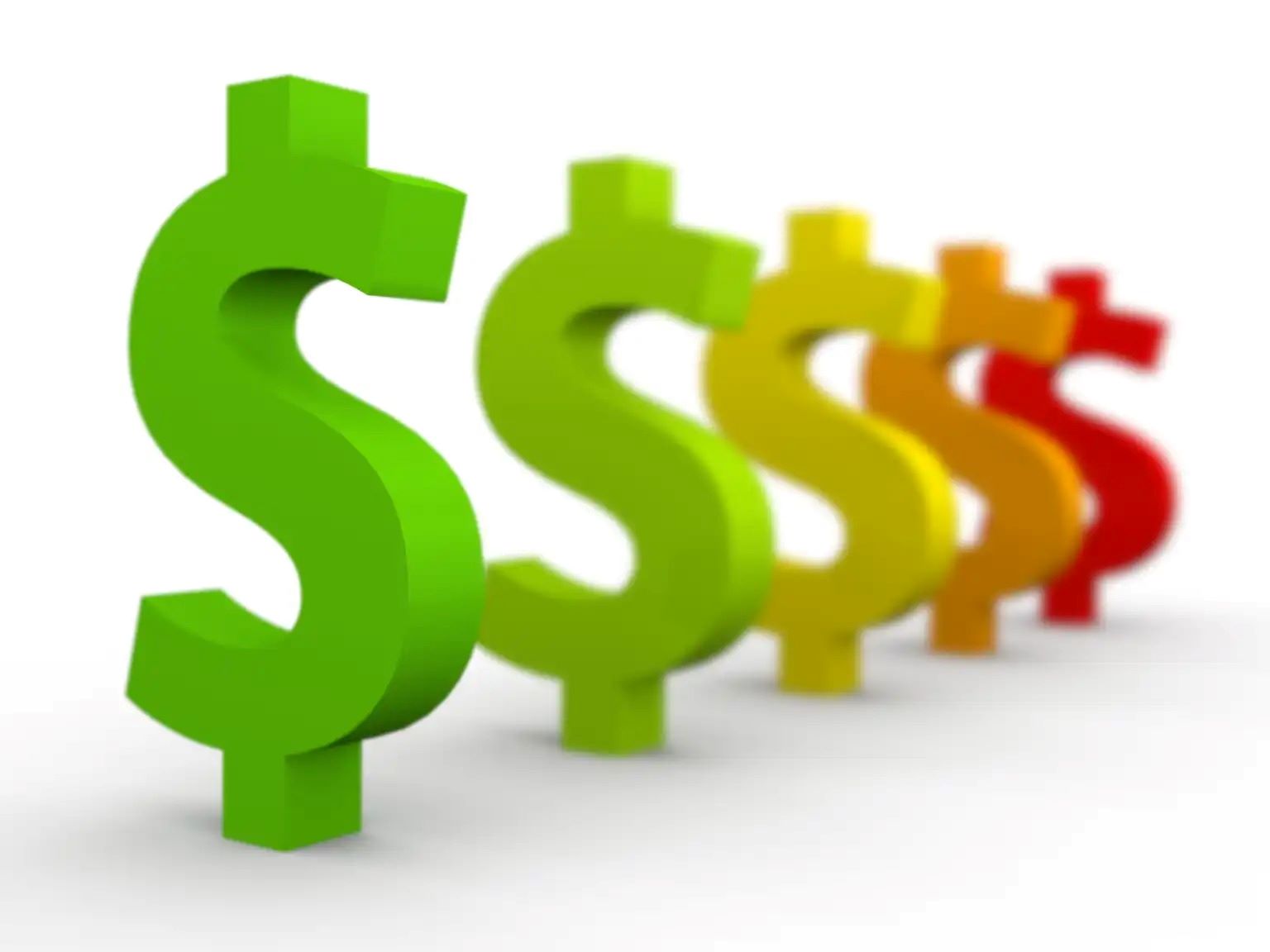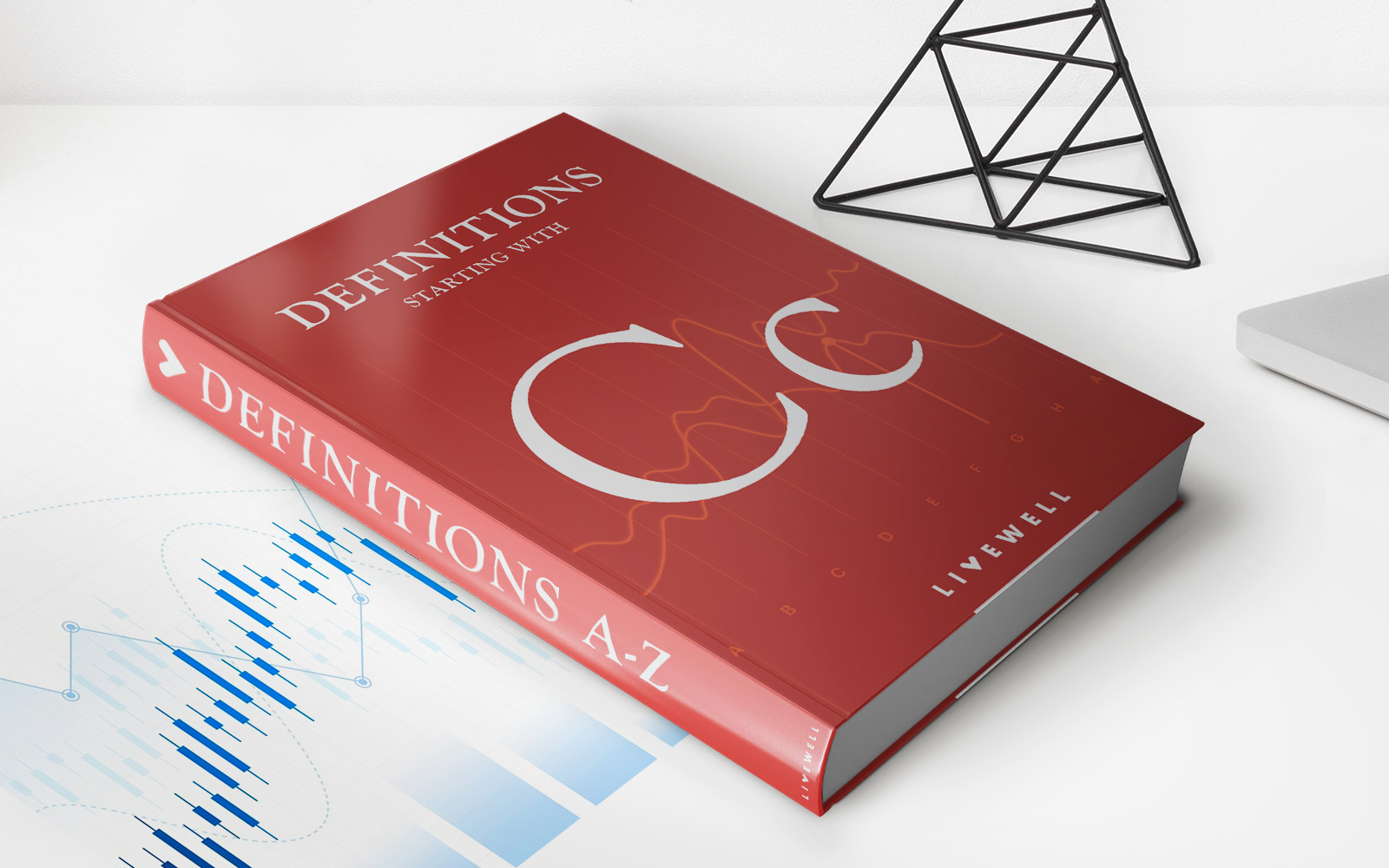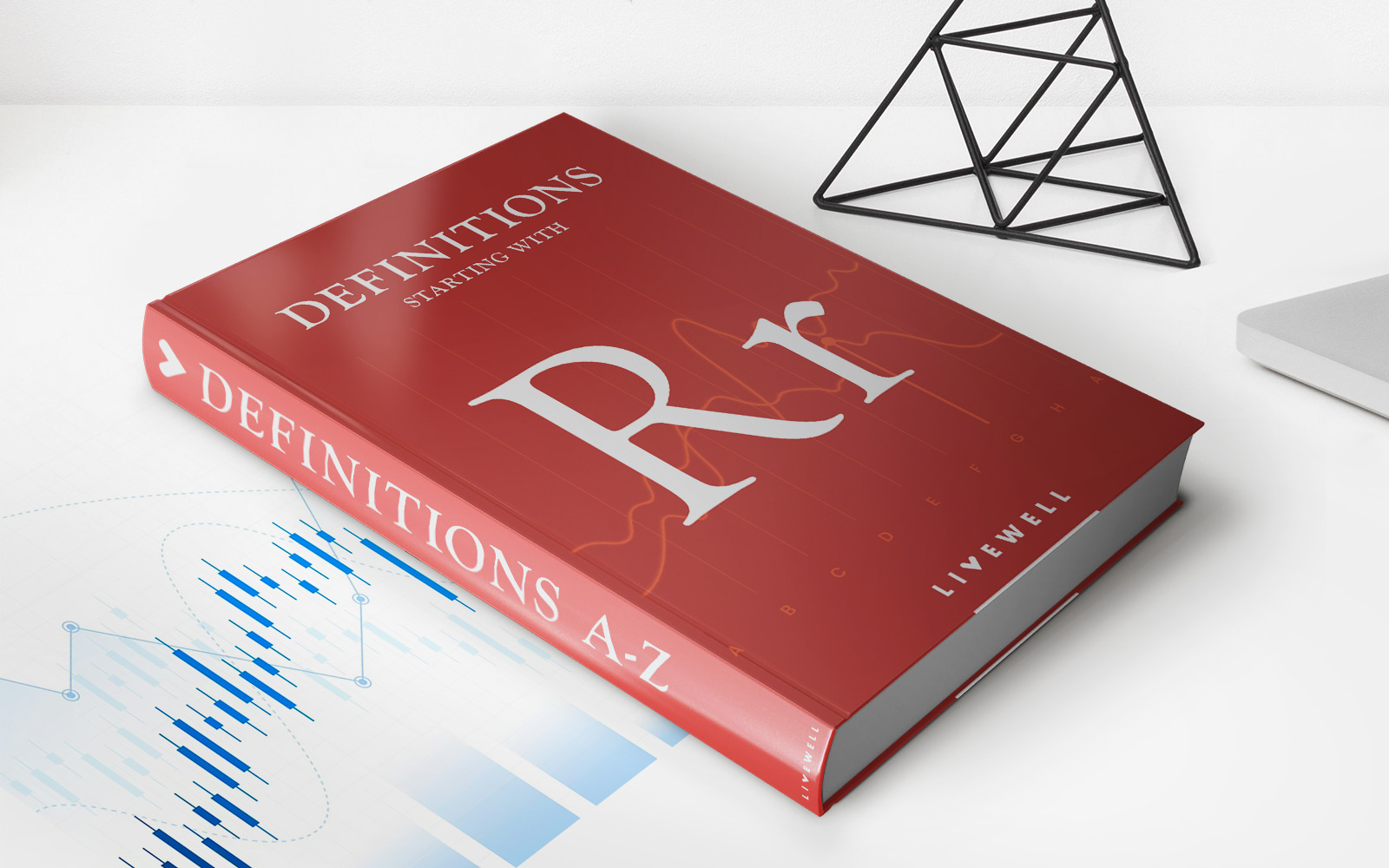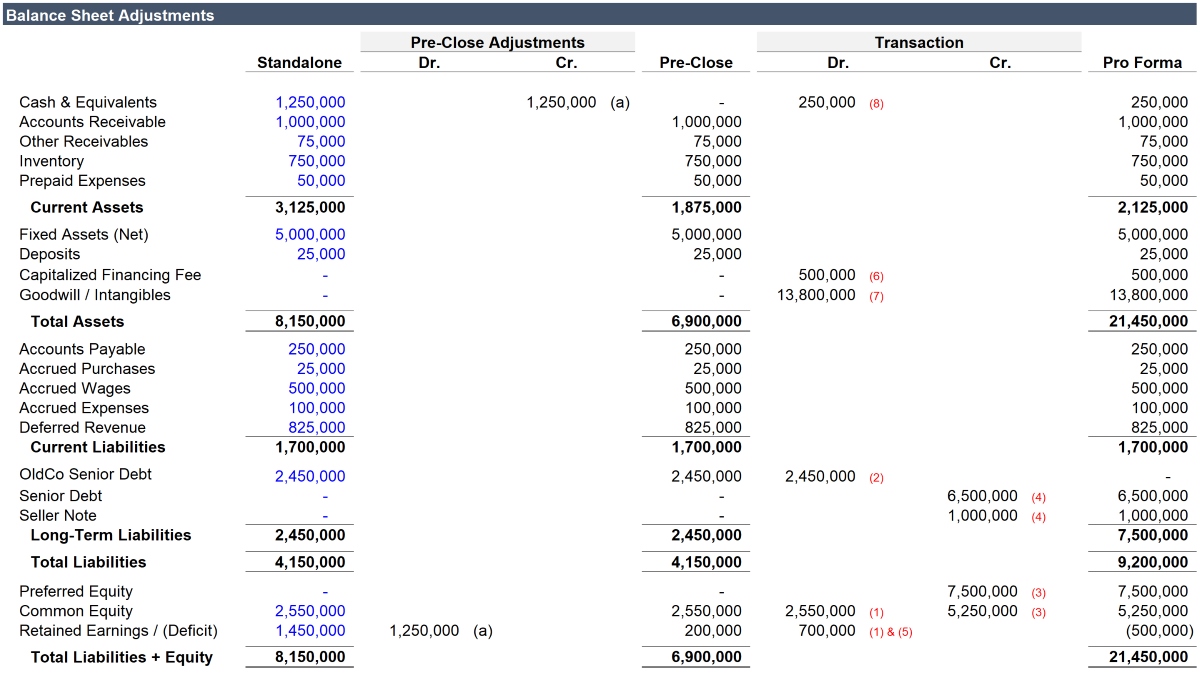Home>Finance>Cash Dividend: Definition, Example, Vs. Stock Dividend
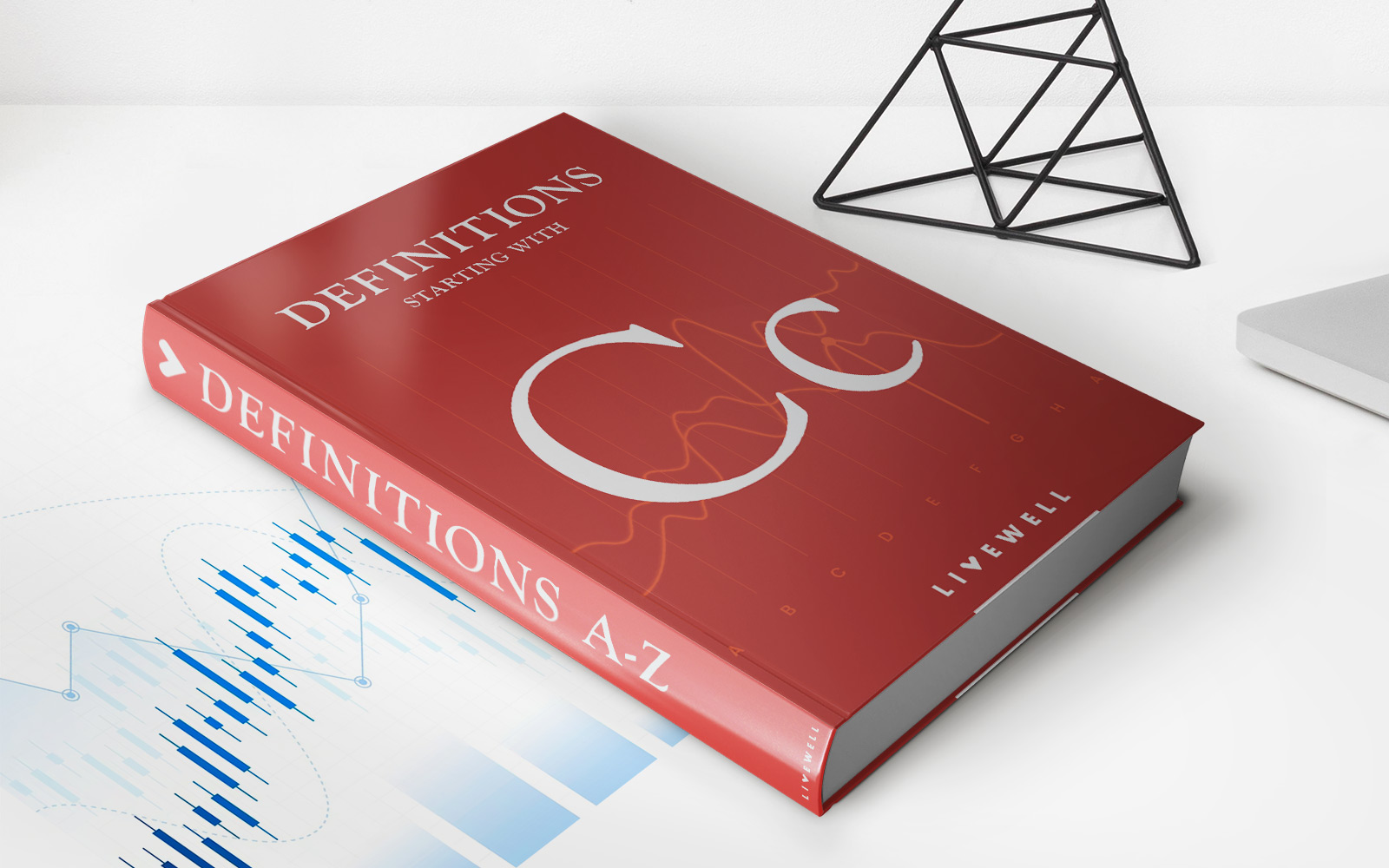

Finance
Cash Dividend: Definition, Example, Vs. Stock Dividend
Published: October 24, 2023
Learn about the definition, examples, and differences between cash dividends and stock dividends in finance. Enhance your financial knowledge with our comprehensive guide.
(Many of the links in this article redirect to a specific reviewed product. Your purchase of these products through affiliate links helps to generate commission for LiveWell, at no extra cost. Learn more)
Cash Dividend: Definition, Example, Vs. Stock Dividend
Welcome to our finance category! Today, we’ll be diving into the world of dividends, specifically cash dividends. If you’ve ever wondered how a company can reward its shareholders with cash, this blog post is for you. We’ll explore the definition of cash dividends, provide an example to illustrate their implementation, and then compare them to stock dividends. So, let’s get started!
Key Takeaways:
- Cash dividends are payments made by companies to their shareholders in the form of cash.
- These dividends are typically a portion of the company’s profits and are distributed regularly to eligible shareholders.
What is a Cash Dividend?
A cash dividend is a distribution of money that a company pays to its shareholders as a way to share its profits. When a company generates excess cash and decides to reward its investors, it can choose to issue cash dividends. These dividends are usually paid out of the company’s earnings and are distributed on a per-share basis to eligible shareholders.
Unlike stock dividends, which offer additional shares of the company’s stock to shareholders, cash dividends provide immediate and tangible value in the form of money. This can be especially attractive to investors who rely on regular income from their investments or have specific financial goals in mind.
Example of Cash Dividend
Let’s consider an example to better understand how cash dividends work. Imagine you’re an investor who owns 100 shares of Company XYZ, which declares a cash dividend of $0.50 per share. In this case, you would be eligible to receive a cash dividend of $50 ($0.50 x 100 shares).
If you’re eligible for the dividend, you will receive the payment through your brokerage account or by a check sent to your registered address. The company will typically set a record date, which is the date when shareholders must be on the company’s records in order to receive the dividend. This record date ensures that only those who owned shares before the declared date are eligible for the cash dividend.
Cash Dividend Vs. Stock Dividend
Now that we have a good understanding of cash dividends, let’s compare them to stock dividends:
Cash Dividend:
- Provides immediate and tangible value in the form of money.
- Can be attractive to investors seeking regular income.
- Does not dilute the ownership stake of existing shareholders.
- Shares outstanding remain the same.
Stock Dividend:
- Offers additional shares of the company’s stock.
- May be attractive to investors looking for long-term growth.
- Can dilute the ownership stake of existing shareholders.
- Increases the number of shares outstanding.
While both types of dividends can benefit shareholders, the choice between cash dividends and stock dividends depends on an investor’s financial goals, income needs, and risk appetite.
In summary, cash dividends are a way for companies to reward their shareholders by distributing a portion of their profits in the form of cash. They provide immediate value to investors and can be an attractive source of regular income. By understanding the differences between cash dividends and stock dividends, investors can make better-informed decisions based on their individual financial objectives.
